 Just when Dwight Twilley thought he finally found a label that would give his music the promotion it deserved, Wild Dogs was weeks away from being released when the head of the label was busted in a payola scandal that would end up rocking the industry. He was able to get distribution through a subsidiary, but only begrudgingly, and was essentially buried. It’s not likely the album would have sold anyway, given the overreliance on programmed Linn drum machines, sterile synthesizers, and too much reverb (as opposed to slap-back echo) everywhere. Only some of the blame belongs with producer Val Garay, who’d foisted “Bette Davis Eyes” on an unexpecting world a mere five years before.
Just when Dwight Twilley thought he finally found a label that would give his music the promotion it deserved, Wild Dogs was weeks away from being released when the head of the label was busted in a payola scandal that would end up rocking the industry. He was able to get distribution through a subsidiary, but only begrudgingly, and was essentially buried. It’s not likely the album would have sold anyway, given the overreliance on programmed Linn drum machines, sterile synthesizers, and too much reverb (as opposed to slap-back echo) everywhere. Only some of the blame belongs with producer Val Garay, who’d foisted “Bette Davis Eyes” on an unexpecting world a mere five years before. The sunny piano and swirly strings wouldn’t seem to fit a song with the title of “Sexual”, but there you go. The title track might have passed for an old Dwight Twilley Band outtake if not for the production, which also crippled “You Don’t Care”, another song that deserved a lot better. Kim Carnes joins the chorus of the admittedly catchy “Hold On”, while Phil Seymour is credited with backing vocals on the mildly Beatlesque keyboard-wise “Shooting Stars”—fittingly, as the song is about him—but we can’t hear him.
He puts on his rockabilly voice for “Baby Girl”, and the verses of “Ticket To My Dream” has some of the Halloweeny aspects of similar songs, balanced by the choruses. “Secret Place” begins like an animated sci-fi movie soundtrack, but turns into an ordinary soundtrack; at least Susan Cowsill is high in the mix. “Radio” is pretty much tossed-off, an attempt to hold up that format when video had taken over. It’s back to piano triplets for the mildly doo-wop “Spider & The Fly”.
Despite glimmers here and there, Wild Dogs is a case of decent songs produced all wrong; indeed, the demos included on the expanded CD contain his original demos for eight of the tunes. Had anyone paid attention out there, any of these could have been radio hits, but the album made zero impact, and Dwight went back to Tulsa to concentrate on his family.
Dwight Twilley Wild Dogs (1986)—2
2022 CD reissue: same as 1986, plus 9 extra tracks
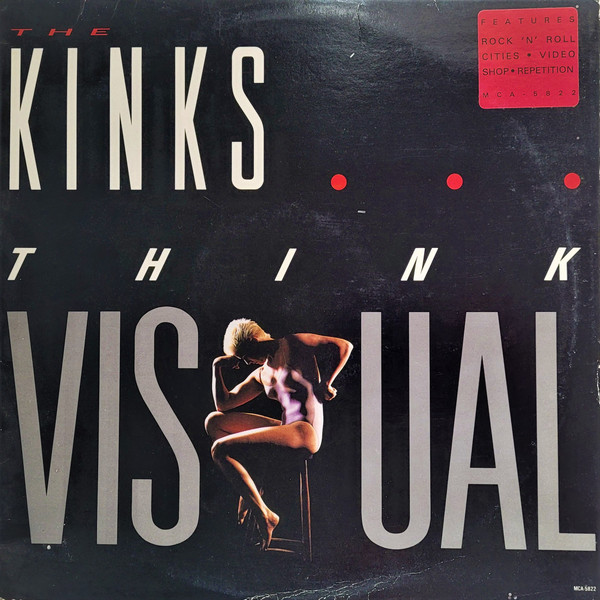
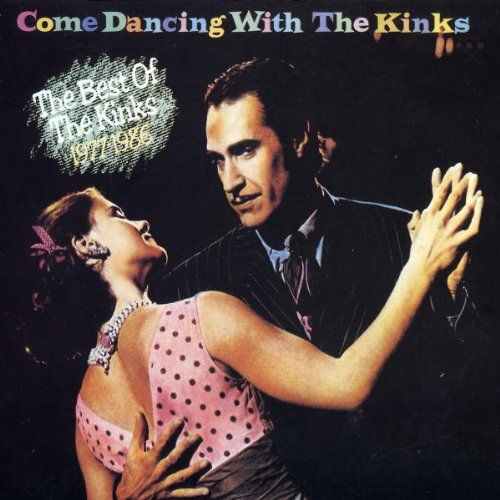

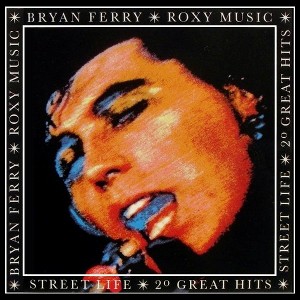
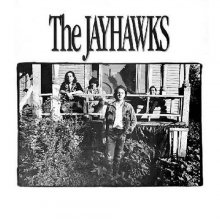




:format(jpeg):mode_rgb():quality(90)/discogs-images/R-1393367-1327814772.jpeg.jpg)
:format(jpeg):mode_rgb():quality(90)/discogs-images/R-1898703-1480643034-7793.jpeg.jpg)
:format(jpeg):mode_rgb():quality(90)/discogs-images/R-1325443-1445574999-5811.jpeg.jpg)

.png)

.jpg)
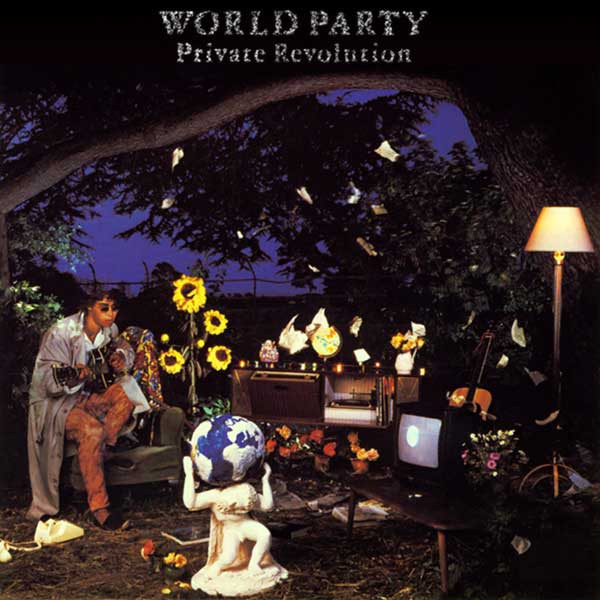
:format(jpeg):mode_rgb():quality(40)/discogs-images/R-1892401-1310942018.jpeg.jpg)

